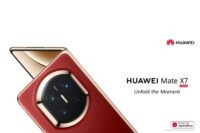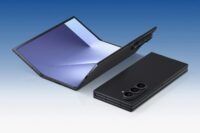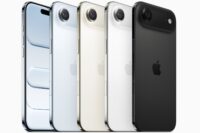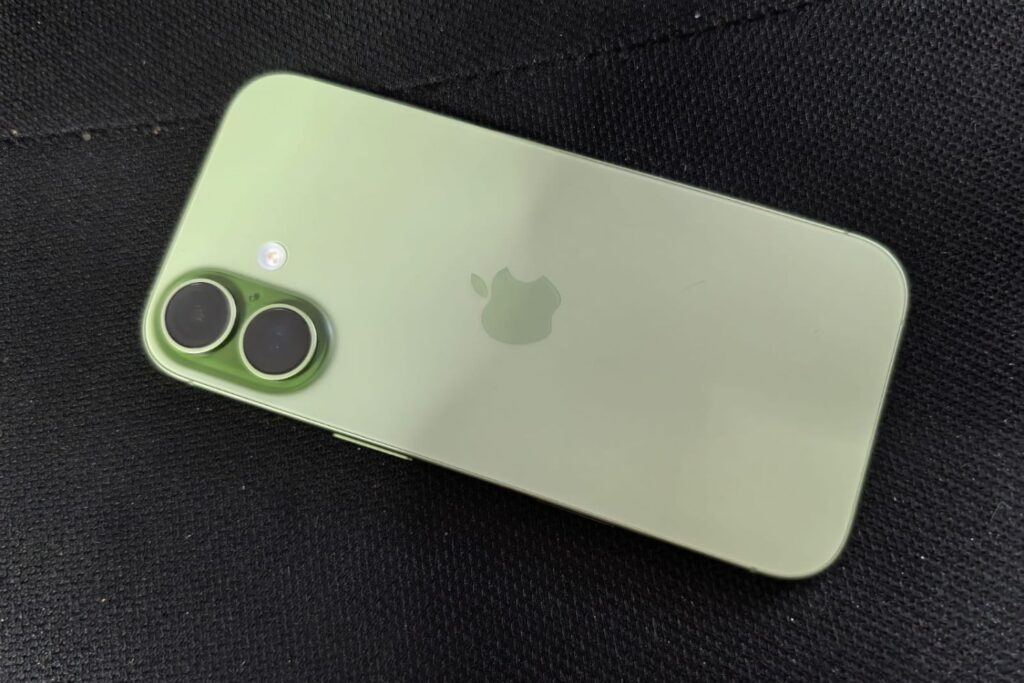
iPhone 17. Picture: Wired2Tech
Apple’s new iPhone 17 series may seem unchanged, but there are major upgrades under the hood, especially in the standard iPhone 17.
It may not have the iPhone Air’s slim design which I am currently using or the Pro models’ chunky camera module, but the iPhone 17 strikes a good balance between size, weight, features, and usability.
Upgrades
I was given the opportunity to review one of the Cupertino company’s smartphones and opted for the iPhone 17 as opposed to the Pro models as the baseline iPhone 17 offered the biggest upgrades over last year’s iPhone 16.
I got the new sage green colour which is striking and feels comfortable in the hand.
It may not look as different as the redesigned Pro models this year or be as wafer-thin as the new iPhone Air, but the iPhone 17 marks a big year for the standard Apple smartphone.
Display
Despite the similar appearance of the iPhone 17 and 16, the newer model has a slightly larger frame and a 6.3-inch display, compared with the 6.1-inch display on last year’s phone.
The iPhone 17 also gets a higher 3,000-nit peak brightness and an anti-reflective coating that makes it easier to see in the bright outdoors.
Refresh rate
While higher refresh rates were reserved for pro models, I was excited and screamed about the arrival of the ProMotion 1-120Hz display, audibly exclaiming “Yes, finally!” during the keynote with my family sitting around, wondering what was wrong with this guy.
With the baseline iPhone 17, you can enable the always-on display and I can peer at the time and my notifications without waking the screen.
Storage
As expected, the iPhone 17 has the least memory of the series at 8GB of RAM, while the other models all have 12GB.
The 256GB base storage of the iPhone 17 for the same price as the previous model gives you bang for your buck and allows you to store all those photos and keep all those apps that was not previously possible.
NOW READ: Core Launches the Microsoft Surface devices with Snapdragon in South Africa
Camera
Camera performance is what I look forward to on smartphones which gives away my love for photography.
While the iPhone 17 Pro and 17 Pro Max are more suited for creators thanks to their triple camera systems, I can tell you that the 48MP main camera of the iPhone 17 is just as good, especially when it comes to low light and taking that photo of the moon, which I love to do.
I also enjoyed the new Center Stage feature which can automatically adjust selfie photos from portrait orientation to landscape to ensure everyone is in the shot, so you don’t have to manually rotate your phone to its side anymore.
The Dual Capture lets you simultaneously record on your front and back cameras.
The main 48MP Fusion camera has an aperture of f/1.6 and sensor-shift optical image stabilization.
Like the main cameras of the iPhone Air, the 17 Pro and Pro Max shoots a combination of 48MP photos and binned 12MP photos and then combines the data into a final 24MP result.
The iPhone 17 has loud speakers. The phone generates stereo sound by combining the downward-firing speaker with the earpiece. During calls, you get audio from the earpiece only, but its still better then the Air with a speaker that seems to be lack lustre.
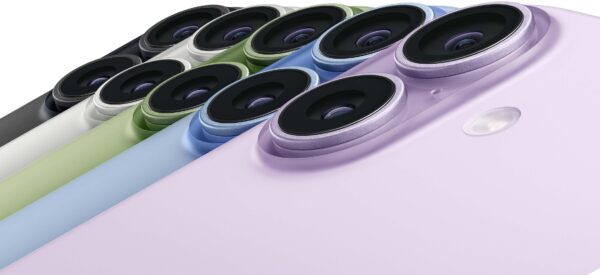
Battery
Battery life is a little longer on the iPhone 17. While Apple said the device supports up to 8 hours more of video playback than the iPhone 16, I just got a little shy of that and had to put it back on charge.
I streamed a full HD YouTube video over Wi-Fi while on a plane to China with the screen’s brightness set to the max. The iPhone 17 lasted just over 24 hours and 31 minutes.
But it’s significantly better than the iPhone Air’s battery life of 19 hours and 31 minutes.
Verdict
Ask me a few years ago about which model in the lineup offers the best value for features, I would’ve said the Pro models. But that’s changed this year.
While the iPhone 17 lacks the telephoto camera of the Pro models it is a strong all-around device that closes the gap with its higher-end counterparts and at R20 799 it’s still a way better value because of the bigger upgrades — including a dual-camera system and that new Center Stage camera.
On the flip side of the spectrum, there’s the iPhone Air at R25 999 which is a lot more expensive and is really flat, no pun intended and while I have the Air, after trading in my iPhone 16 Pro, I advise users not to pay extra for the thin design and single camera, but rather pay less for the baseline iPhone 17 and have more along with a longer battery life.

NOW READ: F1 signs US streaming partnership with Apple to broadcast races



